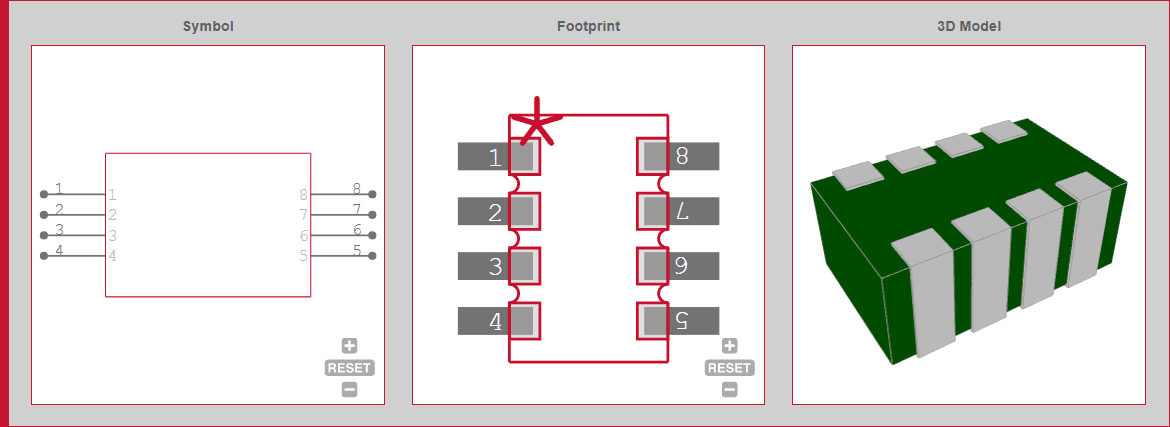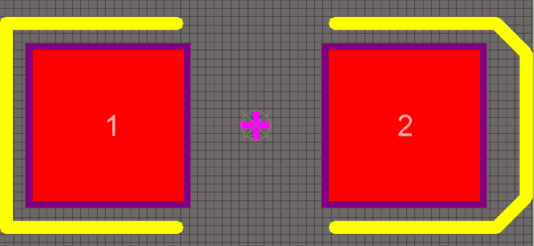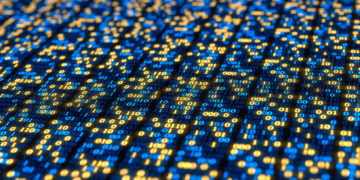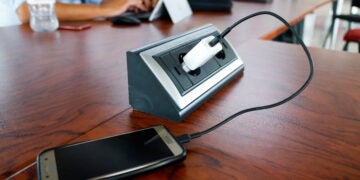
Passive components are the cornerstone of all electronics, both in terms of physical design and the language of circuit models that describe electrical behavior in more complex systems. Many integrated circuits include passive electronic components and many circuit boards contain some discrete passive components. They’re used for everything from power conversion to power stability, filtering, and configuring integrated circuits.
Because all circuit boards will inevitably include some passive electronic components, designers should know how these components are used in modern circuit boards and how to access standard component packages in their ECAD software.
What are Passive Electronic Components?
There are two common properties all passive electronic components have in common:
- No power generation—passive electronic components do not generate electrical power; they only dissipate power (in resistive components) or store unused power (in reactive components).
- No power source—all passive electronic components function without a power source; they only influence the flow of power and the electrical output cannot be modified by some external power source.
All components used in modern electronics can be classified as active or passive and linear or nonlinear. Some of the basic electronic components used in many devices are actually nonlinear devices when driven at high voltage/current.
Active vs. Passive Electronic Components
Aside from the two properties listed above, passive electronic components can have linear or nonlinear responses. Consider a diode as an example; the current in a diode is a nonlinear function of the voltage drop across the diode, but the device is still passive, as it does not require an external power source. In general, any passive electronic component can be linear or nonlinear.
In contrast, active electronic components generate power and/or require some power source to function; changing the input power level modifies the output from the component. This is important because active components are often nonlinear, but not all nonlinear components are active components. Perhaps the most common active component is the transistor, which requires some power to be given to the base/gate region to turn on the device.
Basic Passive Components
The three basic passive electronic components are resistors, capacitors, and inductors. Other passive components include transformers, diodes, thermistors, varactors, transducers, and many other common components. These components are available as through-hole and SMD components, and many are available in common packages with standard land patterns. Some integrated circuits will integrate arrays of passive components into a single package, such as the W2A45C102KAT2A ceramic capacitor array from AVX Corporation, shown below.

Passives have many applications in common circuits, such as:
- Filters, including specialty high-frequency filters operating at GHz frequencies
- Termination and impedance matching networks
- Power decoupling networks with multiple capacitors
In addition, when building sub-circuits and creating simulation models, designers will often use passive circuit elements to build phenomenological models to describe electrical behavior in a PCB layout. This makes passive electronic components useful as both a conceptual tool and as real components for use in common circuits. Once it comes time to place through-hole and SMD components in a real PCB layout, designers need resources to quickly find and import PCB footprints into their ECAD software.
Working With PCB Footprints for Passives
Since many PCB designers need to include passive electronic components in their layouts, they need to be able to find accurate PCB footprints and understand how existing footprints should be used when creating new components. Some ECAD programs only include a small number of components with through-hole or SMD footprints in only a few different packages. Designers should include components with common PCB footprints in their libraries to aid new component creation when beginning a new PCB layout project.
Since many passives come in the same packages, it sometimes makes sense to reuse an existing footprint for a new component as long as the land patterns match within tolerances. For example, 0402, 0603, and other passive SMD component packages often have the same land patterns, so PCB footprints might be able to be reused between different components that have the same standard packages—as long as they are identical. The same can be said for through-hole components that follow the IPC standards on through-hole land patterns.

Footprints for through-hole and SMD components follow particular standards and can be time-consuming to create by hand. Instead of reinventing the wheel and building out entire footprint libraries from scratch, you can find PCB footprints for a range of passive electronic components with the right electronics search engine. If you can find PCB footprints for passives in standard package sizes, you can save yourself time and focus more on designing a new product.
When you need to build your PCB footprint libraries with passive electronic components, you can find ECAD models and sourcing data for your components with the parts search features in Ultra Librarian. You’ll have access to verified CAD models that can be imported into popular ECAD applications and you can view sourcing information from worldwide distributors. Ultra Librarian helps by compiling all your sourcing and CAD information in one place, and all data is verified directly from component manufacturers.
Working with Ultra Librarian sets up your team for success to ensure any design is going through production and validation with accurate models and footprints to work from. Register today for free.








